Search
Search Results
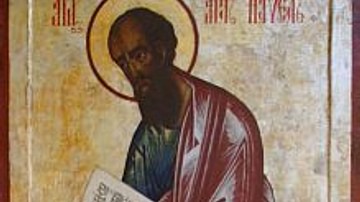
Definition
Paul the Apostle
Paul was a follower of Jesus Christ who famously converted to Christianity on the road to Damascus after persecuting the very followers of the community that he joined. However, as we will see, Paul is better described as one of the founders...
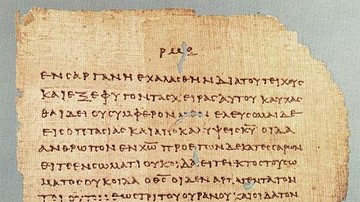
Article
The Letters of Paul the Apostle to the Gentiles
Paul was a member of the Jewish Pharisees in the 1st century CE, who experienced a revelation of the resurrected Jesus Christ. In this vision, Jesus commissioned him to be the apostle (herald) to the Gentiles (non-Jews). After this experience...
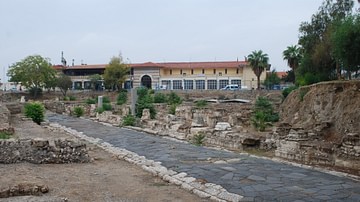
Definition
Tarsus
Tarsus was a city in ancient Cilicia located in the modern-day province of Mersin, Turkey. It is one of the oldest continually inhabited urban centers in the world, dating back to the Neolithic Period. It was built close by the Cydnus River...
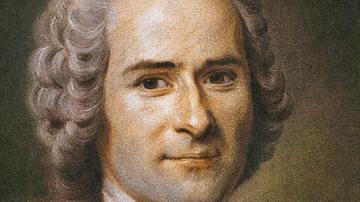
Definition
Jean-Jacques Rousseau
Jean-Jacques Rousseau (1712-1778) was a Swiss philosopher whose work both praised and criticised the Enlightenment movement. Although a believer in the power of reason, science, and the arts, Rousseau was convinced that a flourishing culture...
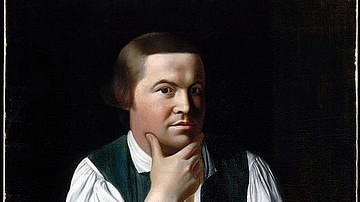
Definition
Paul Revere
Paul Revere (1735-1818) was an American silversmith born in the British colony of Massachusetts. He was an active member of the Sons of Liberty during the American Revolution (c. 1765-1789) and became a folk hero for his midnight ride in...
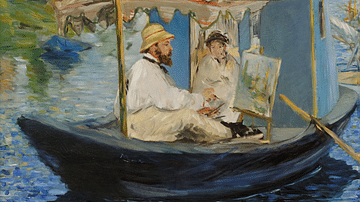
Definition
Impressionism
Impressionism was an art movement which began in Paris in the last quarter of the 19th century. The impressionists tried to capture the momentary effects of light on colours and forms, often painting outdoors. They frequently used bright...
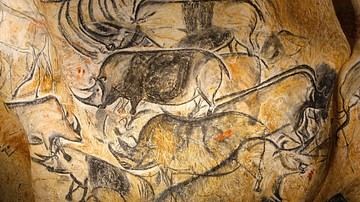
Definition
Chauvet Cave
The Chauvet Cave (also known as the Chauvet-Pont-d'Arc Cave) is a Palaeolithic cave situated near Vallon-Pont-d'Arc in the Ardèche region of southern France that houses impeccably preserved, exquisite examples of prehistoric art. Now...
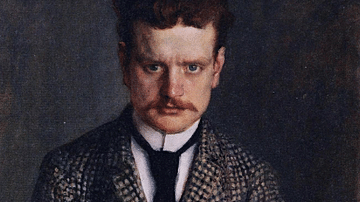
Definition
Jean Sibelius
Jean Sibelius (1865-1957) was a Finnish composer famous for his symphonies, the symphonic poem Finlandia, and the Karelia Suite. Although Sibelius inspired a music revival in his native country, became a figurehead for the Finnish nationalist...
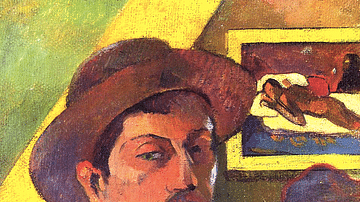
Definition
Paul Gauguin
Eugène Henri Paul Gauguin (1848-1903) was a French neo-impressionist painter whose vivid paintings with their flat, bold colours and use of mystical and ambiguous symbols revolutionised art. Never quite gaining success in his own lifetime...
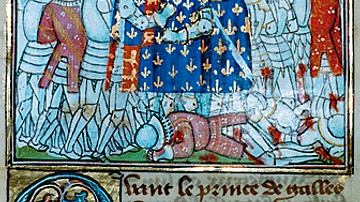
Article
Battle of Poitiers, 1356 CE
The Battle of Poitiers on 19 September 1356 CE was the second great battle of the Hundred Years' War (1337-1453 CE) after Crécy (1346 CE) and, once again, it was the English who won. Edward the Black Prince (1330-1376 CE), son of Edward...